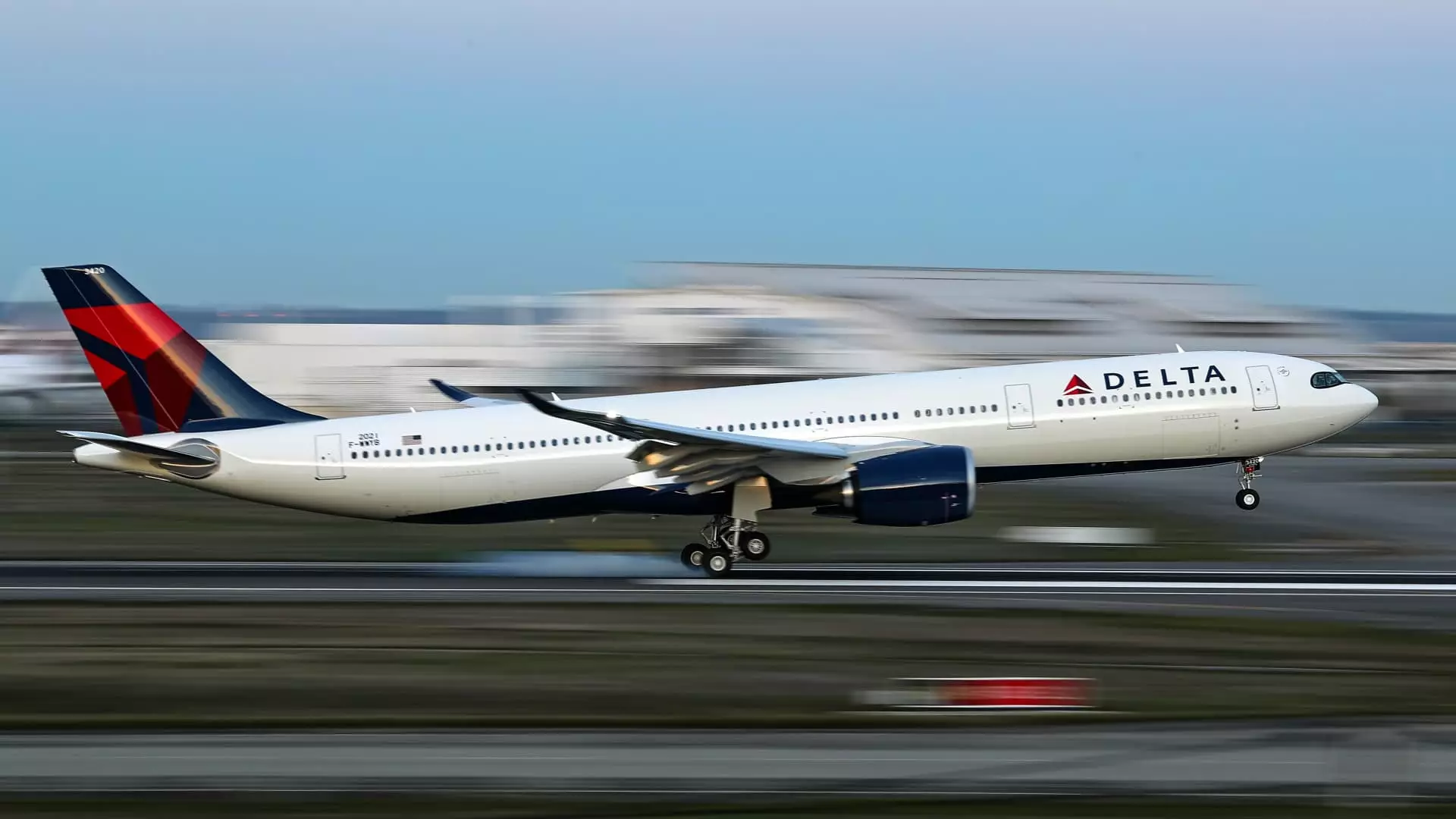In an era where budget travelers dominate headlines and airline revenue streams, Delta Air Lines is boldly repositioning itself by intensifying focus on its premium cabins. Historically, the airline industry has often prioritized maximizing economy class options—cutting costs, diversifying fare tiers, and expanding ancillary revenue—while premium segments remained static or on a slow evolutionary track. Delta, however, is disrupting this convention by reinvesting in its high-end offerings, recognizing that its most profitable and loyal customers gravitate toward a seamless luxury experience that justifies higher fares.
This strategic pivot emerges from insights into consumer behavior, indicating that premium travelers increasingly seek personalized, segmented experiences that reflect their distinct needs. After pioneering basic economy—a move that fundamentally reshaped the U.S. airline landscape—Delta now devotes substantial capital and innovation-driven effort to refining its premium product lineup. This shift is not merely about offering the same seats with minor tweaks; it’s about reimagining what high-end flying entails, bringing new value propositions to discerning travelers eager for comfort, privacy, and exclusivity.
Marginal Gains in Revenue Signal a Clear Direction
The recent financial data offers compelling proof that Delta’s commitment to perfecting its premium cabins is bearing fruit. The airline’s premium seat revenue climbed 6% in just the first half of the year, reaching over ten billion dollars, illustrating a resilient consumer demand for elevated travel experiences. Conversely, revenue generated by the main economy class declined slightly, underscoring the shifting priorities of both consumers and airlines.
This divergence speaks volumes: it suggests that affluent travelers and corporate clients are willing to pay a premium for enhanced comfort and service, especially as airline cabins become more personalized and tailored. Delta’s profits, among the strongest in the U.S., are increasingly rooted in these higher-margin sectors. To capitalize on this trend, the airline is exploring new ticketing models for its premium segments—potentially offering flexible, affordable options that break away from traditional, uniform high-end cabins. Yet, whether these innovations will lean towards stripped-down, budget-friendly premium options or larger, amenity-rich seats remains uncertain.
The Challenge of Innovating Without Diluting Value
While Delta’s willingness to experiment signals forward-thinking, it also invites scrutiny regarding what kind of product realignment will truly serve both the airline’s profitability and customer expectations. Industry experts warn that trimming the premium experience risks undermining the very value that makes these cabins attractive. Airlines have invested heavily over the last decade to upgrade lie-flat seats, premium amenities, and onboard services—innovations that have helped justify premium prices and sustain customer loyalty.
Henry Harteveldt’s insights highlight a fundamental truth: airlines make more money when they offer compelling reasons for customers to spend more. Offering a “lower-cost” or stripped-down premium seat might attract more passersby but could dilute Delta’s brand reputation for luxury and service excellence. As Delta CEO Ed Bastian affirmed, the airline is committed to ongoing upgrades—recognizing that luxury products have “life cycles” and must evolve with changing customer expectations. The question is whether Delta will find the right balance between cost-cutting and maintaining a luxurious feel that justifies premium prices.
The Competitive Landscape and Innovation Edge
Delta is not alone in this pursuit; other carriers are also recalibrating their top-tier cabins, emphasizing innovation and exclusivity. United’s Polaris and American’s swanky new Dreamliner seats exemplify the industry’s broader trend: transforming premium cabins from static spaces into dynamic, personalized zones that include features like larger seats, private suites, and even social dining areas.
Virgin Atlantic’s “Retreat Suite”—a private social space designed for four—embodies this new philosophy of comfort-through-privacy and social engagement. These innovations underscore a fundamental shift: premium cabins are evolving beyond mere transportation into aspirational experiences that cater to both individual luxury and shared intimacy.
As Delta considers similar enhancements, one area of curiosity remains: how far will the airline go to update its offerings? Will it introduce modular seats with customizable features, or invest in luxurious social suites? The answer lies in customer feedback and technological agility. Bastian’s comments reinforce that Delta intends to keep pace with industry evolution, but it must do so carefully—not just to stay competitive but to redefine premium flying as an experience worth paying for.
Delta’s latest initiatives reflect a bold vision: transforming premium cabins into highly segmented, innovative spaces that adapt to diverse traveler needs while maintaining the allure of luxury. The airline recognizes that the future of profitable aviation hinges on delivering more personalized, upgraded experiences that warrant premium pricing. Yet, this strategy requires balancing technological capability, customer perception, and brand integrity.
In a competitive market where travelers increasingly demand privacy, comfort, and exclusivity, Delta’s willingness to experiment signifies a new era of premium air travel—one that emphasizes quality, innovation, and the creation of high-value experiences that deepen customer loyalty and elevate the airline’s reputation. The real challenge will be in execution: delivering outstanding, differentiated cabins that justify the premium charges and inspire industry-wide change.


Leave a Reply